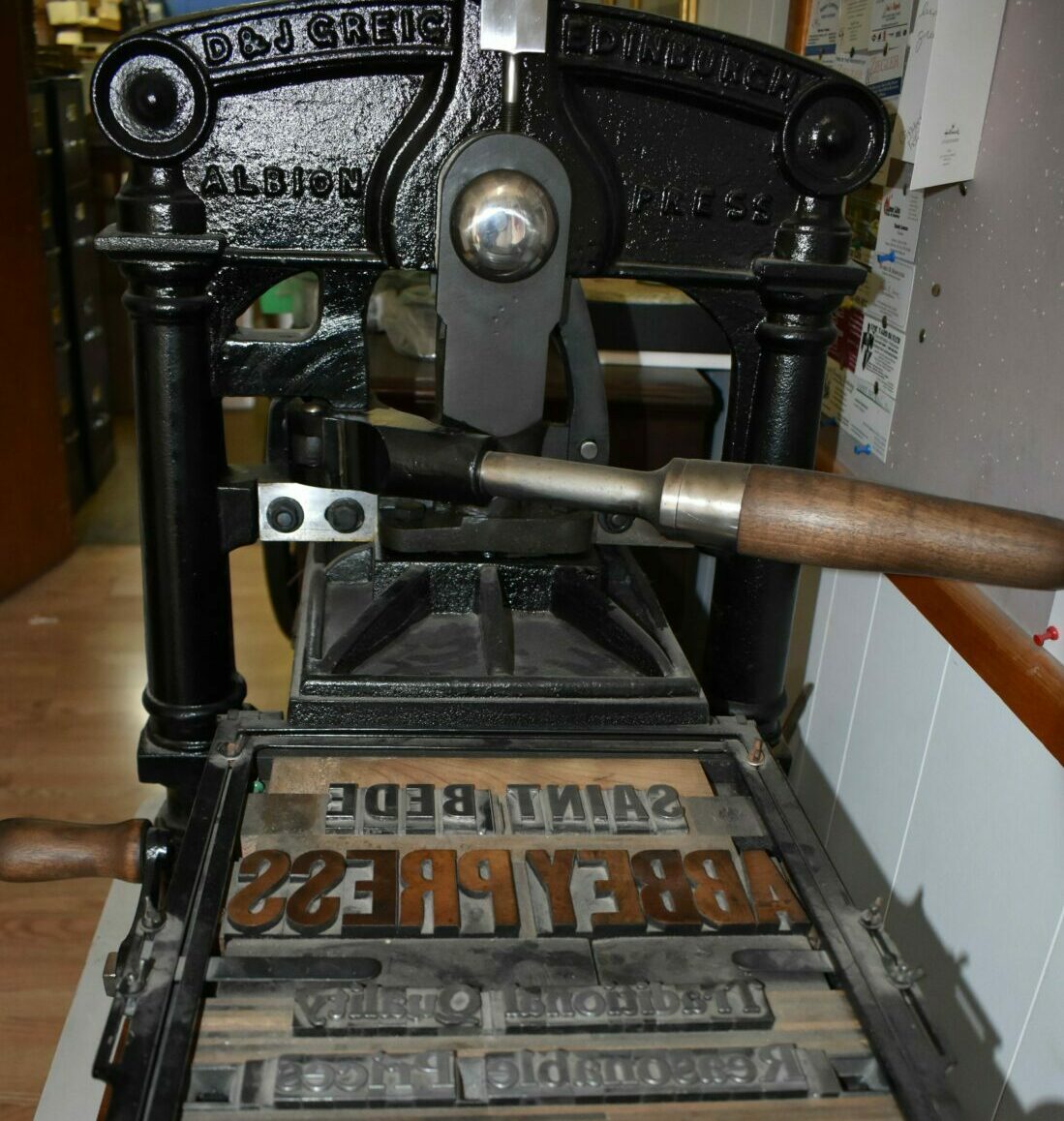
Letterpress printing or relief printing was the normal form of printing from its invention by Johannes Gutenberg in the mid-15th century until the late 20th century and remained in wide use for books, newspapers and other uses until the second half of the 20th century.
Letterpress printing remained the primary means of printing and distributing information until the 20th century, when offset printing was developed. Letterpress is unique and different from current printing formats used today. Letterpress is considered a craft as it involves using a skill and is done by hand. Fine letterpress work is crisper than offset because of its deep impression into the paper, giving greater visual definition to the type and artwork. The process of letterpress printing consists of several stages: composition, imposition and lock-up, and printing. Letterpress can produce work of high quality, but it requires much time to adjust the press for varying thicknesses of type, engravings, and plates called makeready. The process requires a high degree of craftsmanship, but in the right hands, letterpress excels at fine typography.
The classic feel and finish of letterpress papers takes printing back to an era of quality and craftsmanship. Even the smell of the ink, more apparent on a letterpress-printed page than with offset, appeals to most people.
